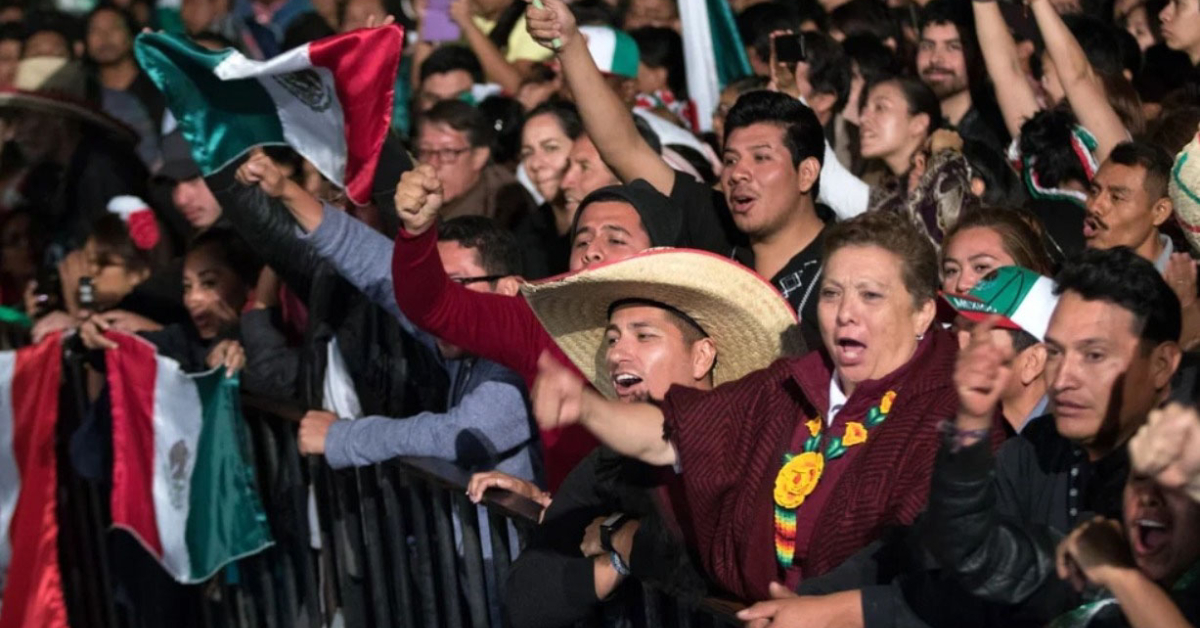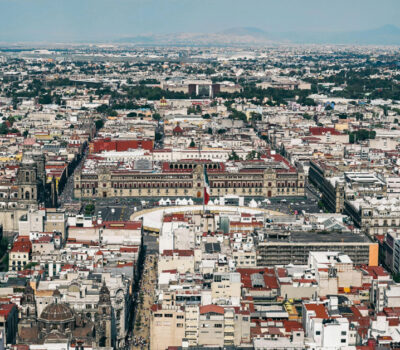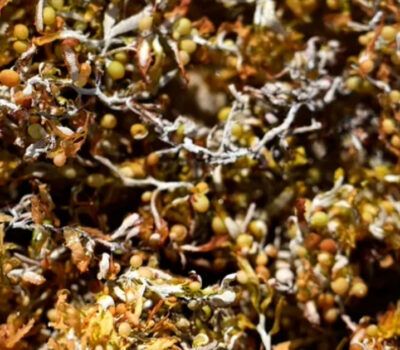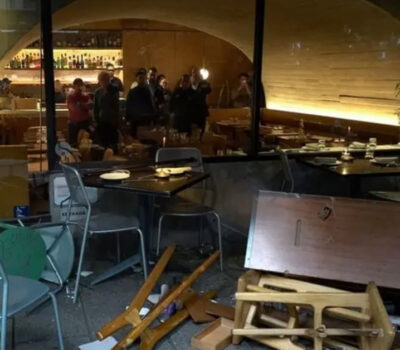Every year, on September 16th, the vibrant colors of the Mexican flag adorn streets, plazas, and homes across Mexico, marking the nation’s Independence Day. This day is more than just a national holiday; it is a profound expression of Mexican identity, history, and cultural pride. The traditions surrounding Mexico’s Independence Day are rich and varied, reflecting the nation’s storied past and the enduring spirit of its people.
Historical Context
Mexico’s struggle for independence began in the early 19th century, a time when colonial powers dominated much of Latin America. The movement for independence was ignited by Father Miguel Hidalgo y Costilla, a parish priest in the town of Dolores (now Dolores Hidalgo, in the state of Guanajuato). On the night of September 15, 1810, Father Hidalgo rang the church bell and delivered what would become known as the “Grito de Dolores” (Cry of Dolores), calling for an end to Spanish rule. This act is widely regarded as the beginning of the Mexican War of Independence, a conflict that would last until 1821.
The Grito de Dolores
The most iconic tradition of Mexico’s Independence Day is the reenactment of the Grito de Dolores. Every year, on the night of September 15th, the President of Mexico stands on the balcony of the National Palace in Mexico City and rings the same bell that Hidalgo used. The President then delivers a version of Hidalgo’s historic cry, which typically includes the names of key figures in the independence movement and culminates with the resounding exclamation, “¡Viva México!” This moment is broadcast nationwide, and it is echoed by governors and mayors across the country in their respective municipalities.
The Grito ceremony is followed by a night of festivities, including fireworks, music, and dancing. In Mexico City, the Zócalo (the main square) becomes a sea of patriotic colors, with thousands of people gathering to celebrate. Similar scenes play out in cities and towns throughout Mexico, each adding its local flavor to the national celebration.
Parades and Processions
On the morning of September 16th, parades take place in virtually every city and town across Mexico. These parades feature military processions, school children, folk dancers, and community groups, all marching to the rhythm of patriotic songs. The largest and most elaborate parade occurs in Mexico City, where the military showcases its prowess with a display of troops, vehicles, and aerial flyovers.
In many places, historical reenactments of key battles and events from the War of Independence are staged, bringing history to life and educating younger generations about their heritage. These processions are not only a tribute to the heroes of independence but also a demonstration of community spirit and national pride.
Traditional Music and Dance
Music and dance are integral to Mexico’s Independence Day celebrations. Mariachi bands, with their distinctive charro outfits and wide-brimmed hats, are a common sight, playing traditional songs that evoke the spirit of the independence era. Songs like “La Adelita” and “El Son de la Negra” are perennial favorites, their lively tunes encouraging spontaneous dancing and singing among the crowd.
Folk dances, such as the Jarabe Tapatío (often referred to as the Mexican Hat Dance), are performed in public squares and cultural centers. These dances, with their intricate steps and colorful costumes, tell stories of love, heroism, and everyday life, connecting the past with the present.
Gastronomy
No celebration in Mexico is complete without food, and Independence Day is no exception. Traditional Mexican cuisine takes center stage, with dishes that are as diverse as the country itself. Patiotic dishes like Chiles en Nogada, which features green, white, and red ingredients mirroring the colors of the Mexican flag, are especially popular. This dish consists of poblano chiles stuffed with a mixture of meat, fruits, and spices, covered in a creamy walnut sauce, and sprinkled with pomegranate seeds.
Street vendors and markets offer an array of antojitos (snacks), such as tacos, tamales, pozole, and elote (grilled corn). Each region of Mexico adds its unique twist to these dishes, showcasing the country’s culinary richness. Sweets like buñuelos (fried dough pastries) and churros, along with beverages such as atole (a hot corn-based drink) and tequila, complete the festive menu.
Decorations and Symbols
Patriotic decorations are a hallmark of Independence Day celebrations. Public spaces, homes, and businesses are adorned with the national colors of green, white, and red. Flags, banners, and balloons are ubiquitous, creating a festive and unified atmosphere. In many towns, elaborate altars and displays are set up, honoring the heroes of independence and celebrating Mexican culture.
The eagle perched on a cactus, devouring a snake—an image from the Mexican coat of arms—is a common motif. This symbol, rooted in Aztec legend, represents resilience and triumph, embodying the spirit of the independence movement.
Community and Family
Independence Day is a time for families and communities to come together. Families gather for festive meals, and communities organize public events that foster a sense of unity and shared heritage. Schools often hold educational activities in the days leading up to the holiday, teaching students about the history and significance of independence.
For many Mexicans, both at home and abroad, celebrating Independence Day is a way to connect with their roots and express their national pride. Expatriate communities around the world hold their own celebrations, ensuring that the spirit of Mexican independence transcends borders.
Mexico’s Independence Day is a celebration of freedom, history, and cultural identity. The traditions associated with this day are a testament to the resilience and unity of the Mexican people. From the powerful Grito de Dolores to the vibrant parades, music, dance, and cuisine, every aspect of the celebration reflects a deep reverence for the past and an unwavering hope for the future. As Mexicans around the world come together to celebrate this significant day, they reaffirm their commitment to the values of independence and national pride that define their country.
Every year, on September 16th, the vibrant colors of the Mexican flag adorn streets, plazas, and homes across Mexico, marking the nation's Independence Day. This day is more than just a national holiday; it is a profound expression of Mexican identity, history, and cultural pride. The traditions surrounding Mexico's Independence Day are rich and varied, reflecting the nation's storied past and the enduring spirit of its people.












